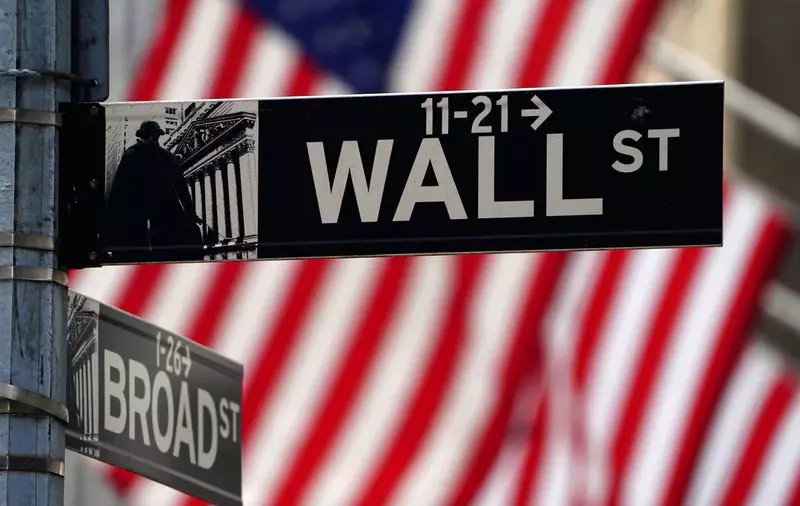As Wall Street gears up for the final trading session of 2024, signals indicate a continuation of the bullish market that has largely characterized the post-pandemic economic landscape. With the S&P 500, Dow Jones, and Nasdaq all flirting with record highs, the financial markets have shown impressive resilience, driven by an optimistic outlook on economic recovery, potential reductions in borrowing costs, and significant advancements in artificial intelligence. This article delves into the factors contributing to Wall Street’s robust performance and examines potential challenges that lie ahead.
A pivotal factor in the ongoing market rally can be traced back to the Federal Reserve’s decisions regarding interest rates. In 2024, the Fed executed nearly a 100-basis point reduction in interest rates, responding to emerging economic signals that suggested a stable recovery. Lower borrowing costs have encouraged consumer spending and business investment, fueling overall economic growth. However, it is imperative to note that while reduced interest rates usually favor stock market gains, they can also lead to inflated asset prices if prolonged without corresponding economic growth. This delicate balancing act remains a point of scrutiny for analysts and investors alike.
A remarkable aspect of the current market sentiment is the surge in technology, communications services, and consumer discretionary stocks, which have all surpassed 30% gains throughout the year. The rapid rise of AI technologies, with companies like Nvidia exemplifying this trend, has been a critical driver of corporate profits and stock valuations. While Nvidia’s remarkable growth of 170% this year, although less significant compared to the previous year, has underscored the tremendous potential of AI in reshaping industries, it also raises questions regarding sustainability. Investors must gauge whether such valuation increases are justified based on actual earnings growth, particularly in a space characterized by rapid innovation and volatility.
The political landscape has also played a prominent role in the stock market’s trajectory. The election of Donald Trump has rekindled investors’ hopes for favorable policy changes, such as tax cuts and deregulation. His administration’s focus on easing regulations and supporting domestic businesses has been well-received, boosting sentiment particularly among small-cap stocks, as evidenced by the Russell 2000 index’s record high. While such politically driven enthusiasm has the potential to fuel market growth, it also introduces risks, notably regarding the unpredictability of political decisions which could impact market dynamics.
Despite the optimistic outlook, the equity market has not been without its hurdles. December saw a rough patch for equities, with the S&P 500 facing its largest monthly decline since April, primarily attributed to rising Treasury yields at a time when equity valuations were already stretching. Higher yields typically steer investors towards fixed-income assets, heightening competition for capital within the market. The benchmark 10-year Treasury note yield has recently edged down to 4.5%, but inflationary concerns tied to potential policy changes under Trump’s administration may prompt the Fed to reassess its approach to interest rates in 2025.
Looking ahead, market analysts are not expecting dramatic gains in equities until there’s enhanced clarity regarding the new administration’s approach to fiscal policies. The evolution of earnings expectations, particularly within tech and AI sectors, will be crunch factors for investment decisions moving forward. Trader sentiment is cautiously optimistic, with expectations for the first interest rate cut in 2025 anticipated in March or May. Moreover, the growing interest in cryptocurrencies, buoyed in part by Trump’s policies, has also transformed that segment of the market. Bitcoin recently reached the $100,000 threshold, illustrating the broader market’s excitement.
While Wall Street is poised for a favorable start as it enters the final trading session of 2024, the interplay of interest rates, technological innovation, political dynamics, and market sentiment will dictate its future trajectory. Investors must navigate through these complexities while being mindful of potential volatility. As the year closes, ongoing assessment will be crucial in identifying both the opportunities and risks that the changing landscape presents.

